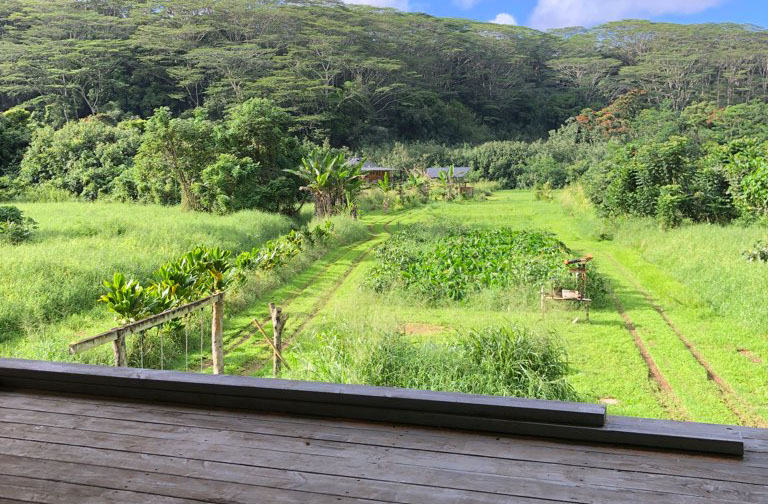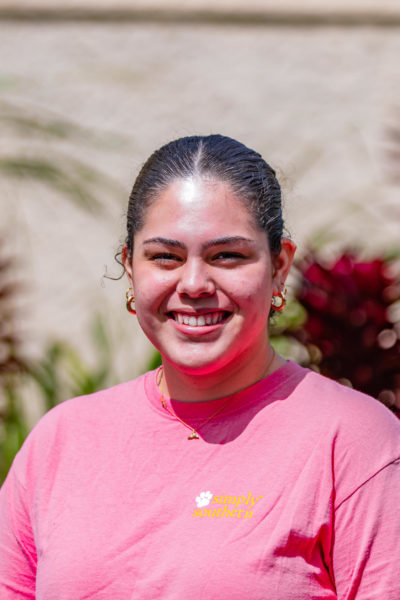Nathaniel Tin-Wong is a well-known Native Hawaiian carver, kalo farmer, horse rider, construction worker, and surfer in Northern Kauaʻi. He has made many kapa beaters for well-known Kapa makers, and prior to a few years ago, he owned a small loʻi kalo which he would farm, and kuʻi himself, selling it locally.
Despite his various jobs, it has always been Nathanielʻs dream to become a kalo farmer. Together with his family, he purchased a parcel of land in Kalihiwai, his goal, was to eventually have his own māla and loʻi in his front yard.
For the past few years, he has been focused on building his house on his land. But as it nears completion, he has begun to think of his loʻi. The only thing standing in his way is water rights. Recently in Kauaʻi, there have been many legal battles between farmers and landowners on land and water rights.
In the time of the Hawaiian Kingdom water was shared with the commoners. “All farmers who lived near an ʻauwai or kahawai had access to its water for their loʻi,” says Professor Cordy, the former state archaeologist.
After the overthrow of the Hawaiian Kingdom, the water laws have been passed on to today’s laws. But many landowners in Kauaʻi, specifically non-native landowners, do not like the idea of a canal of water running through their property.
Professor Cordy points out Kaʻala Farms, who ran a plastic pipe from the upland stream to their loʻi. The city and county and other landowners tried to prevent them from doing this, claiming that they could not run anything on their property, and attempted to sue. But because of water rights, Kaʻala Farms were able to use the canal of water for their loʻi.
Nathaniel Tin-Wong plans to eventually clear out the old canal system that exists between his property and the river. And if the owners of the vacant lots beside him complain, he hopes that the water rights laws will be upheld in court and that he will be able to exercise his right to water to support his loʻi.



